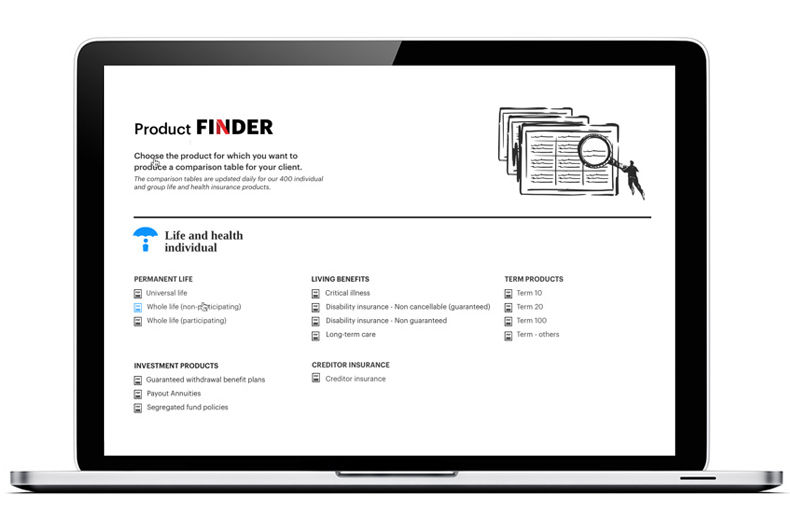Canadian employer medical benefits costs are expected to grow seven per cent in 2021, according to the 2021 Global Medical Trend Rates Report from professional services firm, Aon plc. The increase is expected to outpace inflation by 5.7 per cent.
In Canada, higher costs are being driven by increased spending on drugs in general and by the continued introduction of new and expensive therapies. Aon says the projected trend for 2021 assumes no additional future lockdowns occurring before the end of 2020 or in 2021. Globally, costs for employer-sponsored medical plans in 2021 are forecasted to increase 7.2 per cent. Costs are expected to increase the most in the Middle East and Africa where average medical premium rates are forecasted to increase 12 per cent, while European average medical premium rates are expected to increase just 5.5 per cent.
Greg Durant, Canadian chief actuary for health solutions at Aon says claiming patterns throughout 2020, meanwhile, have been significantly impacted by the COVID-19 pandemic: Health per capital claims on an annualized basis are expected to be almost 10 per cent lower than expected, while dental per capita claims are expected to be more than 20 per cent lower than expected in 2020.
Leading medical conditions driving plan sponsor costs in Canada include musculoskeletal, cardiovascular and mental health disorders. Globally, medical conditions driving plan sponsor costs include cardiovascular disorders, cancer and diabetes. When looking at leading health risk factors, Aon predicts that in 2021, occupational risks could be most significant in Canada. “The need for personal protective equipment, the need to comply with social distancing measures and the related physical obstacles that are in play (e.g. Plexiglas partitions) are changing how Canadians perform the basic functions of their workplace,” the report’s authors write. “The risk of failure of these measures, including pandemic fatigue, may lead to either the real or perceived increase in the risk of infection. This will drive increased absences and the possible utilization of different services that employees may not have previously used.”
Written to help multinational companies understand the factors driving medical cost increases, the report also looks at plan financing approaches, employee cost-sharing, conditions driving adverse medical claims experience, risk factors driving plan costs, mitigation initiatives to control plan cost escalation and average medical trend rate tables.




